TECH TUESDAY: A look at Red Bull and Mercedes' Imola upgrades as the development race kicks off

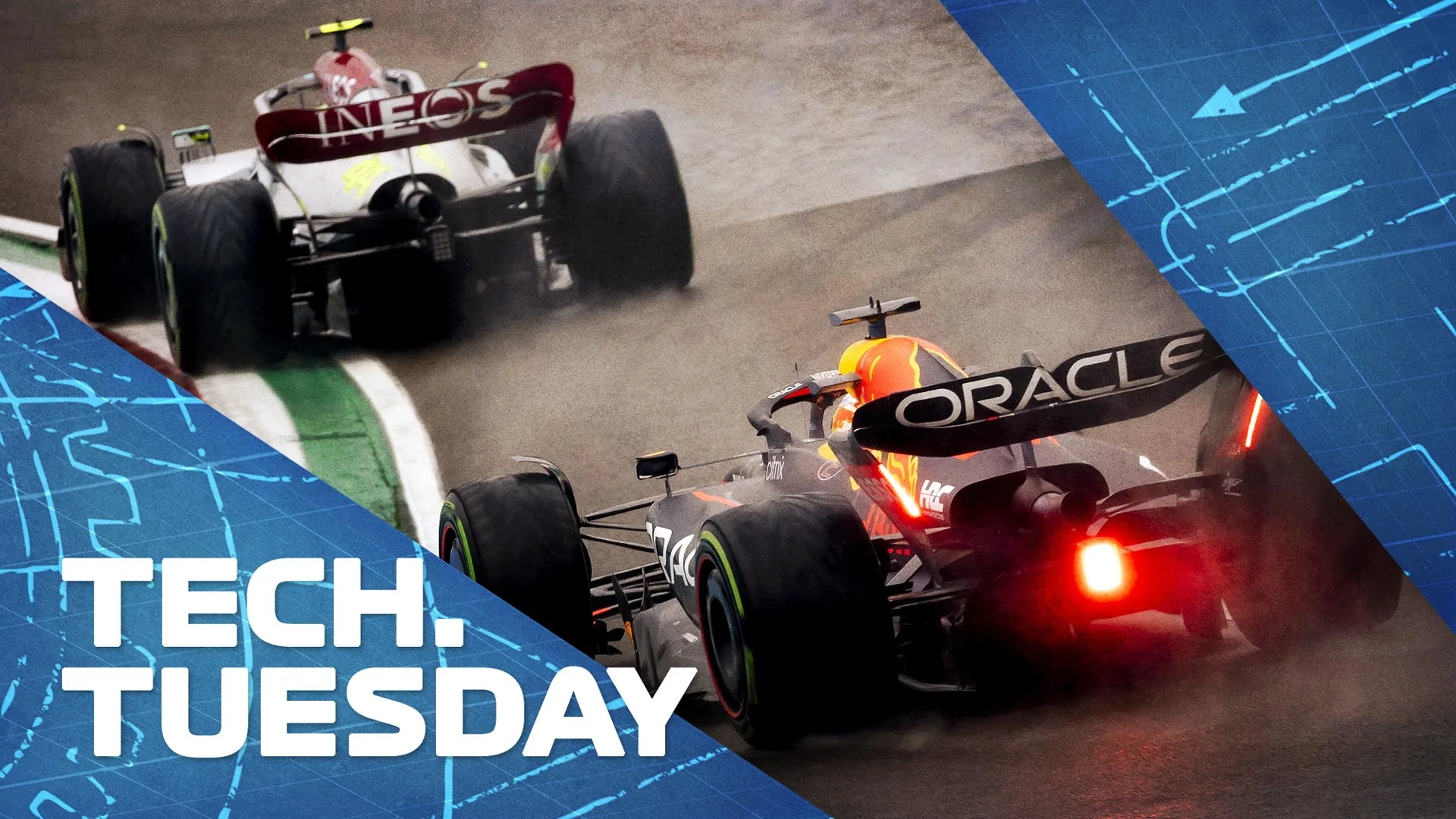
Mark Hughes and Giorgio Piola look at the upgrades brought by Red Bull and Mercedes to their respective cars for the Emilia Romagna Grand Prix weekend, as the development battle heated up at Imola...
Imola saw the first real tranche of significant upgrades for many teams, despite it offering just one practice session in which to test them, before the Sprint took place. In terms of the big Red Bull vs Ferrari theme of the weekend, it was a significant part of the story – for Ferrari decided to forego their updates but Red Bull pressed on with theirs.
READ MORE: Why Sainz's qualifying crash had ramifications that stretched across the whole weekend
Christian Horner believed that the updates were a crucial part of his team’s resounding one-two result, saying: “We took a bit of a risk coming into the weekend with a couple of small parts we introduced to the car, which is always tricky when you've only got one session…
“But both Max and Checo have driven brilliantly this weekend and that one-two finish, all credit to the team for brilliant pit stops and strategy today, but also back in the factory in Milton Keynes – the hard effort and work and picking ourselves up after the disappointment of Australia, to come back with a result like that.”
Max Verstappen wasn’t sure if it was the updates or the general team performance in understanding and operating the car: “Sometimes that can be worth more than updates. We’ll see in the next few races.”
READ MORE: 6 Winners and 5 Losers for the 2022 Emilia Romagna Grand Prix
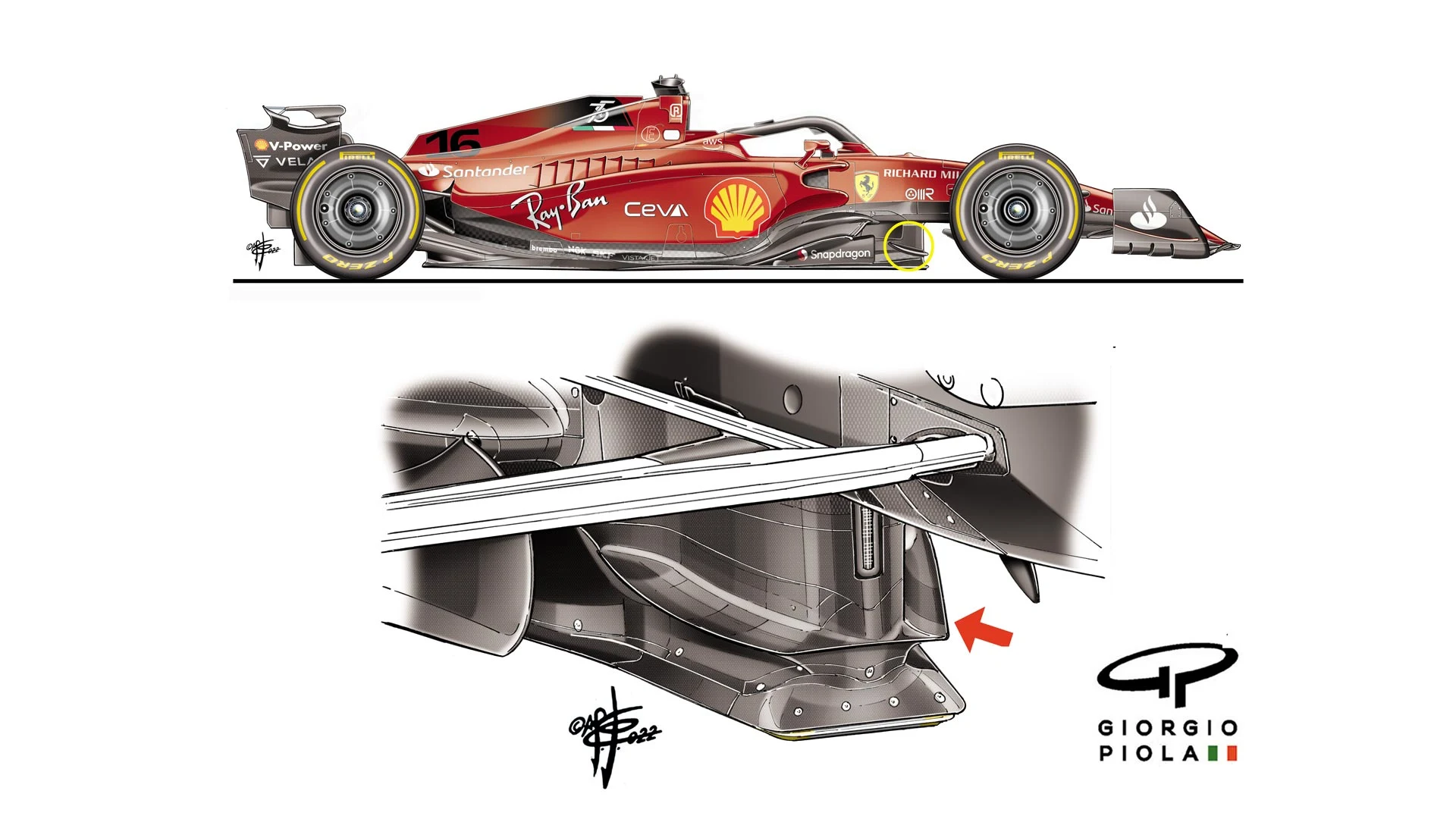
So what were the updates Red Bull brought?
One was aerodynamic, the others were part of a weight-saving programme, which is targeting a 10kg loss by the time of Barcelona in two races’ time. This would put the Red Bull on weight parity with the Ferrari. At Imola, what was estimated as a 10kg excess for the first three races had been cut by around 3kg. The biggest saving came with a new set of beautifully-engineered brake calipers.
Aerodynamically, the most significant change was the addition of a winglet to the keel splitter of the Red Bull’s floor ahead of what is described as the ‘tea tray’ area. This part of the floor plays a crucial part in conditioning the airflow which is making its way to the entry of the underbody tunnels, but the addition of this winglet also brings additional downforce load directly onto that part of the floor.
This will have the effect of moving the car’s centre of aerodynamic pressure slightly further forwards.

At Mercedes, there was also a mixture of weight-saving and aerodynamic tweaks, but nothing that fundamentally addressed the car’s porpoising problem.
A range of new components had contributed to the weight-saving, but the biggest single saving came from a new floor, which was only slightly changed geometrically, but included a different carbon lay-up.
Aerodynamically, a turning vane had been added ahead of the sidepod inlet designed to improve cooling efficiency (image above).
The aero shroud around the upper impact beam (onto which the mirrors and their accompanying vanes are mounted) was reprofiled, to ‘eliminate small areas of separated airflow’. The edge of the diffuser nearest the rear tyre featured a reduced curl, designed to reduce airflow separation in that region. That has been accompanied by a tweak to the deflector endplate there.
“This was normal aero development,” explained trackside engineering chief Andrew Shovlin. “We are working on the issues we've got with the bouncing separately. The developments we've brought here, we were aware that they were not going to affect that, so that's why we were focused on those parts.
“But as an aside we're still working hard to try to understand, get on top of and solve the bouncing because we know that, as well as the tyre warm-up, that's another area of weakness on this car that we need to fix before we'll be competitive.”
WATCH: F1 TV Tech Talk – F1's 2022 radical sidepods explained
The team tried both families of rear wing before settling on the lower-downforce version (as seen in the two images above).
Watching Ferrari, Red Bull and Mercedes – the three best-funded teams and therefore faced with the most difficulty in staying within the cost cap – adapt to their technical challenges, without crossing their spend threshold, is very much part of the competitive dynamics of this season already.
Next Up
Related Articles
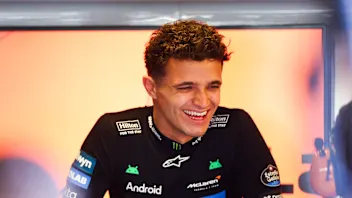 Norris praises support from Hamilton, Vettel and more
Norris praises support from Hamilton, Vettel and more.webp) End Of Year Reports 2025Alpine’s best and worst moments from 2025
End Of Year Reports 2025Alpine’s best and worst moments from 2025 Watch as the F1 grid does Secret Santa for 2025
Watch as the F1 grid does Secret Santa for 2025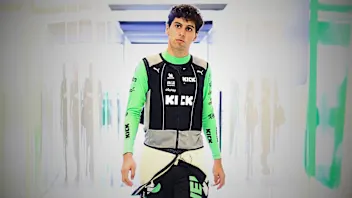 ExclusiveBortoleto on his rookie year and Audi excitement
ExclusiveBortoleto on his rookie year and Audi excitement End Of Year Reports 2025Williams’ best and worst moments from 2025
End Of Year Reports 2025Williams’ best and worst moments from 2025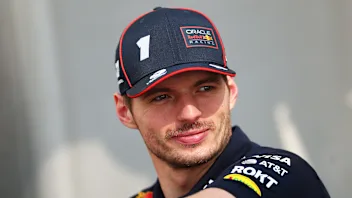 Verstappen reflects on Mercedes talks and F1 future
Verstappen reflects on Mercedes talks and F1 future